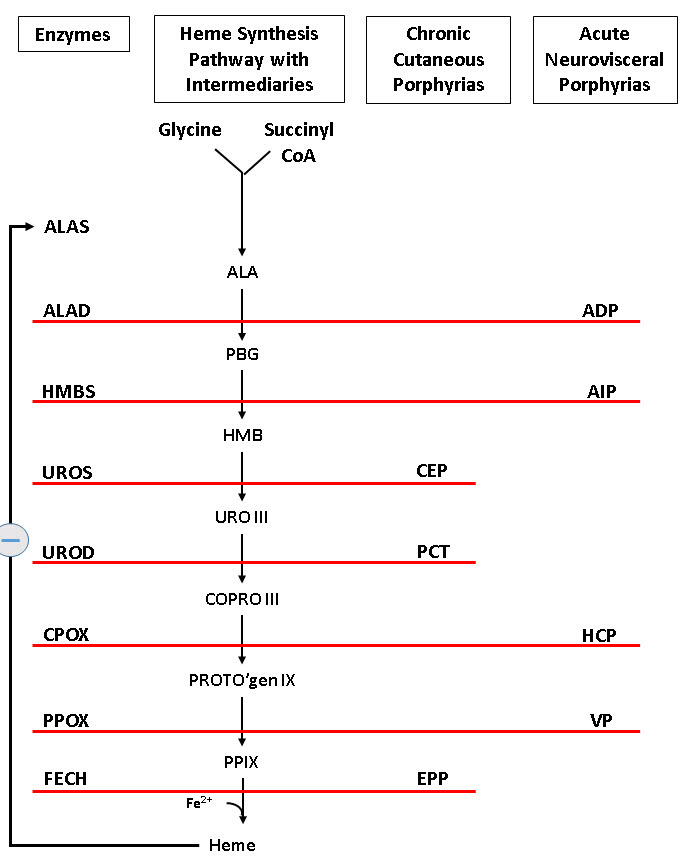
Figure 1. The Heme Synthesis Pathway: Enzymes Involved in the Pathway and the Associated Porphyrias with the Disruption of Each Specific Enzyme
Main (center) core: Precursors and intermediary products in the heme synthesis pathway. (ALA, aminolevulinic acid; PBG, porphobilinogen; HMB, hydroxymethylbilane; URO III, uroporphyrinogen III; COPRO III, coproporphyrinogen III; PROTO’gen IX, protoporphyrinogen IX; PPIX, protoporphyrin IX; Fe2+, iron.)
Left of the core: Enzymes, encoded by genes, catalyze each of the steps. Gene mutations cause deficient enzyme production. Disruptions are indicated by red lines connecting enzymes with the resultant porphyrias. (ALAS, aminolevulinate synthase; ALAD, aminolevulinic acid dehydratase; HMBS, hydroxymethylbilane synthase; UROS, uroporphyrinogen-III synthase; UROD, uroporphyrinogen decarboxylase; CPOX, coproporphyrinogen oxidase; PPOX, protoporphyrinogen oxidase; FECH, ferrochelatase.)
Right of the core: Porphyrias resulting from disruption of enzyme production. (ADP, aminolevulinic acid dehydratase porphyria; AIP, acute intermittent porphyria; CEP, congenital erythropoietic porphyria; PCT, porphyria cutanea tarda; HCP, hereditary coproporphyria; VP, variegate porphyria; EPP, erythropoietic protoporphyria.)
The final product, the heme, exerts control over the whole pathway via a negative feedback mechanism on the first enzyme – ALAS (indicated by the circle with the minus symbol).